The Complete 7-Day Vietnam Trip Itinerary
Complete 7-day Vietnam trip itinerary with photographer's guide to Ho Chi Minh City, Mekong Delta, Hoi An, Hue, Ninh Binh & Ha Long Bay. Includes south-to-north vs north-to-south routes, cultural highlights, photography tips, budget planning & travel resources for unforgettable Vietnam adventur
EXPERIENCE TRAVEL

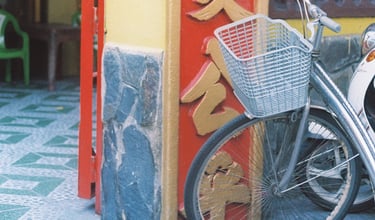
The Complete 7-Day Vietnam Trip Itinerary: A Photographer's Guide
As a travel photographer who has spent countless hours capturing Vietnam's diverse landscapes and vibrant culture, I can tell you that seven days is the perfect introduction to this captivating country. From the bustling streets of Ho Chi Minh City to the serene waters of Ha Long Bay, Vietnam offers endless photographic opportunities and unforgettable experiences.
This comprehensive Vietnam Trip Itinerary will help you make the most of your week-long adventure, whether you choose to travel from south to north or north to south.
Why Vietnam Should Be Your Next Photography Destination
Vietnam is a photographer's paradise. The country seamlessly blends ancient traditions with modern energy, creating stunning visual contrasts at every turn. You'll find floating markets at dawn, lantern-lit ancient towns at dusk, and emerald rice terraces stretching to the horizon. The warm hospitality of Vietnamese people adds soul to every frame you capture.
Essential Planning Resources for Your Vietnam Trip Itinerary
Before we dive into the detailed itineraries, here are the essential resources I recommend for planning your Vietnam adventure:
Official Travel Resources
Vietnam eVisa Portal: For visa applications and entry requirements
Vietnam National Tourism Board: Official tourism information and cultural guides
Vietnam Meteorological Service: Up-to-date weather forecasts
Transportation and Booking
Baolau: Reliable platform for booking trains, buses, and domestic flights
12Go Asia: Alternative booking platform with competitive prices
Booking.com and Agoda: Accommodation booking with filter options for quiet resorts
Vietnam Airlines: National carrier for domestic flights
Jetstar: Budget airline option for intercity travel
Navigation and Planning
Google Maps: Download offline maps before traveling
Vietnam Travel Planner app: For detailed travel planning - check out our comprehensive Travel Planner App review for the best options
Maps.Me: Excellent offline navigation app for Vietnam
Grab: Essential ride-hailing and food delivery app
For the most current and detailed Vietnam trip planning, visit our updated Vietnam Trip Itinerary 2025 guide.
Additional Useful Travel Resources
Klook: Activity bookings and skip-the-line tickets
GetYourGuide: Local tours and experiences
Airbnb: Unique accommodation options and local experiences
XE Currency: Real-time currency conversion
Google Translate: Essential for communication (download Vietnamese for offline use)
TripAdvisor: Restaurant and attraction reviews
Vietnam National Administration of Tourism: Official tourism information
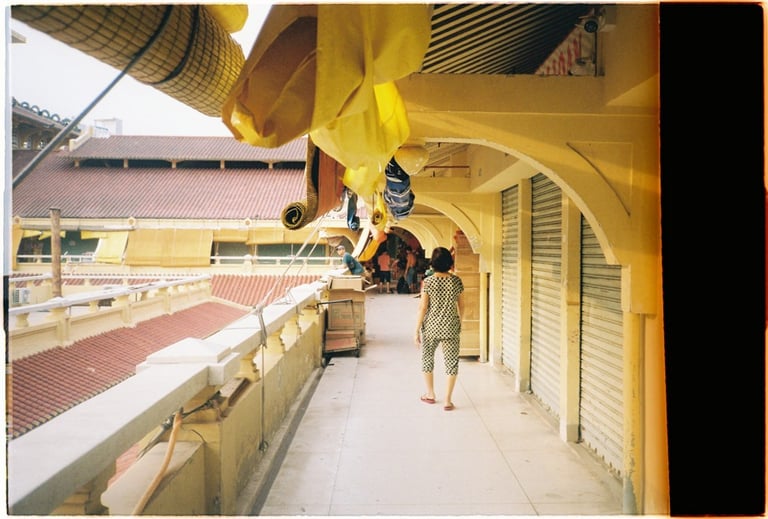
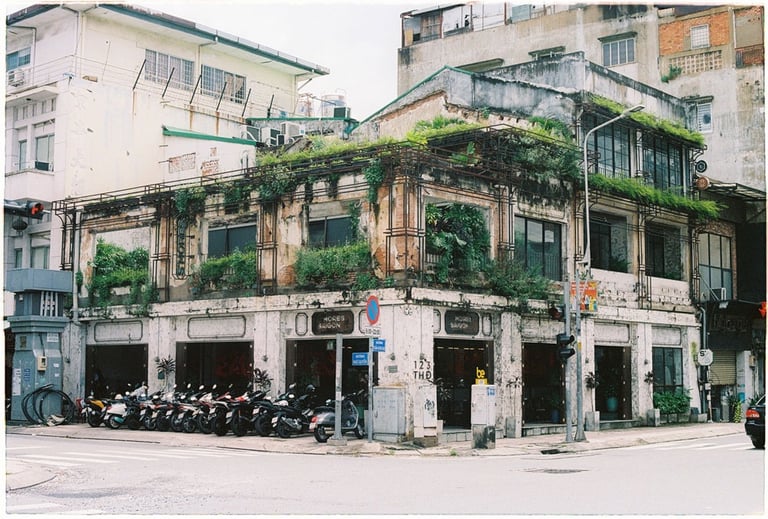
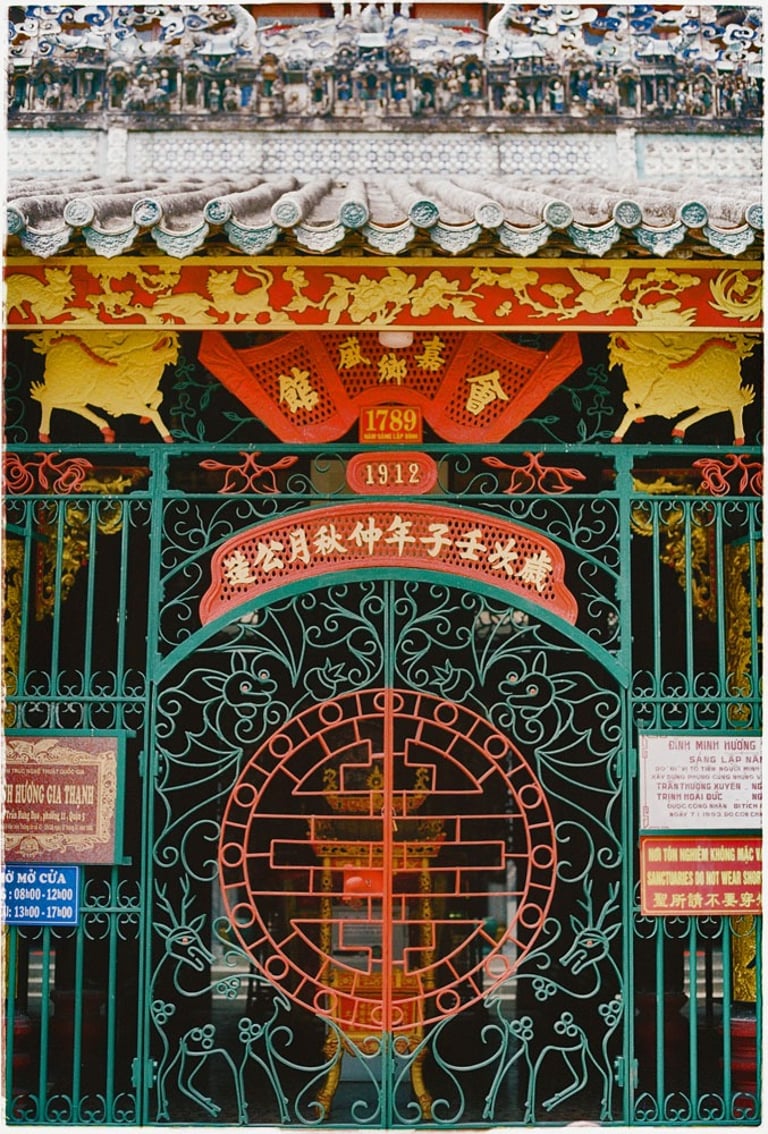
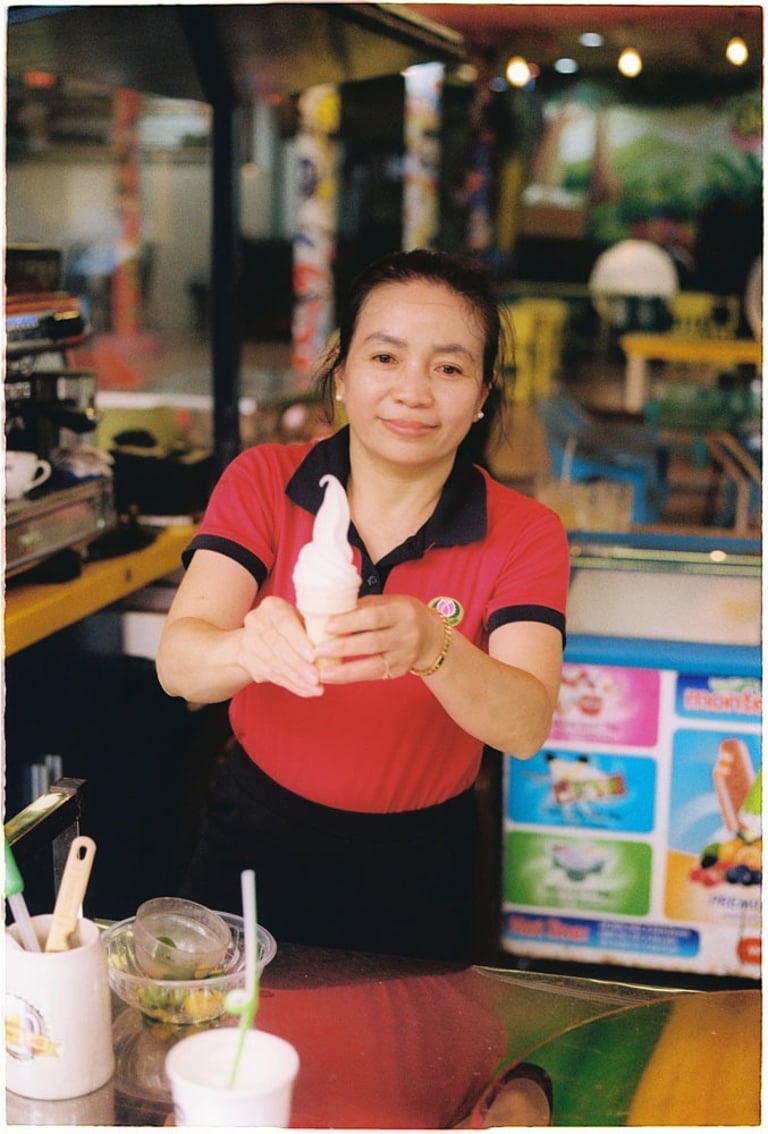
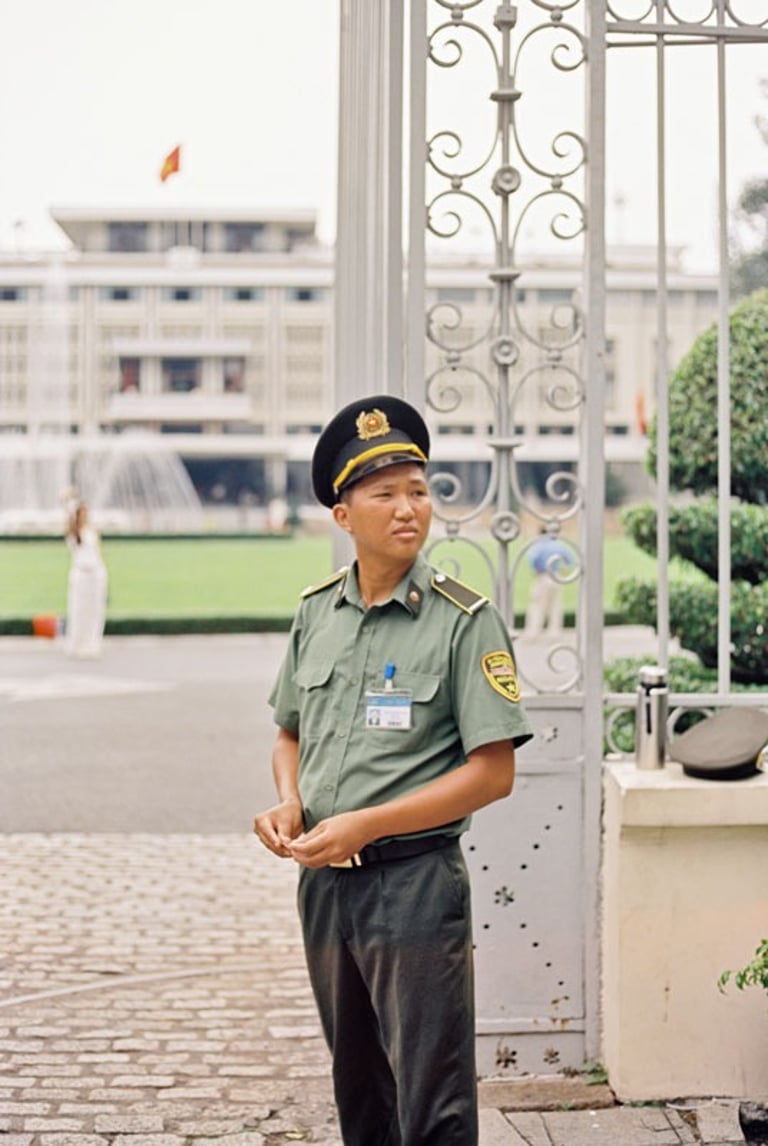
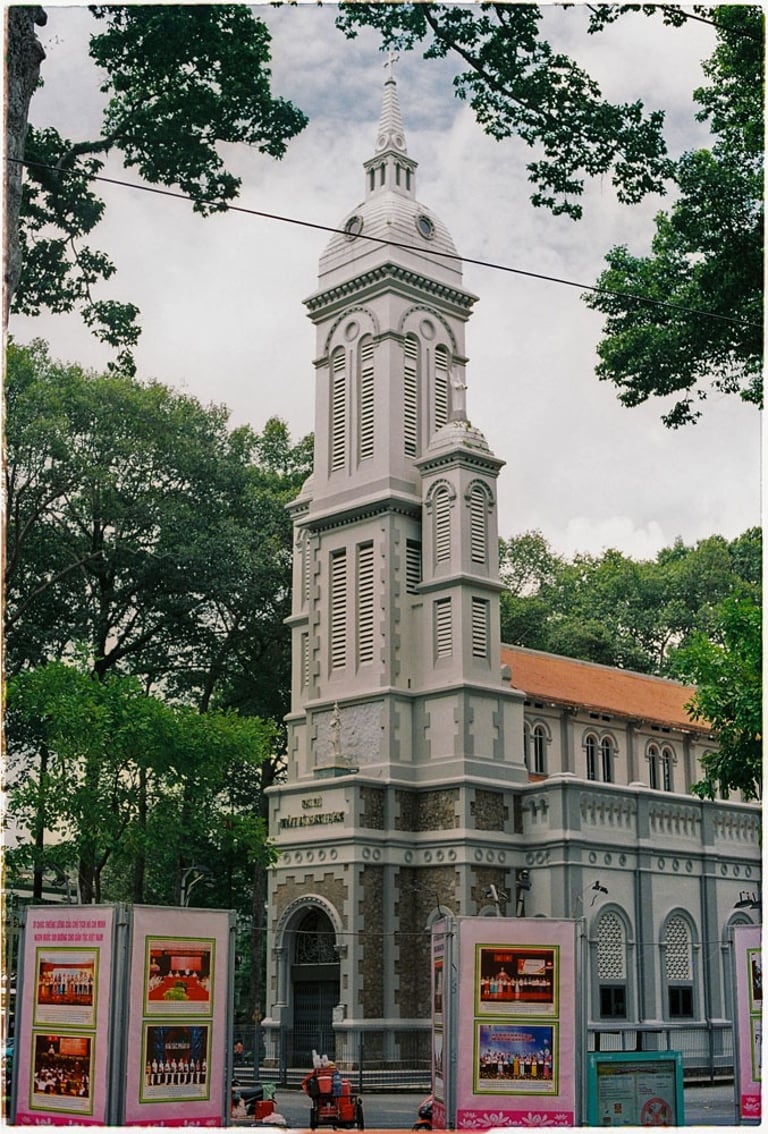
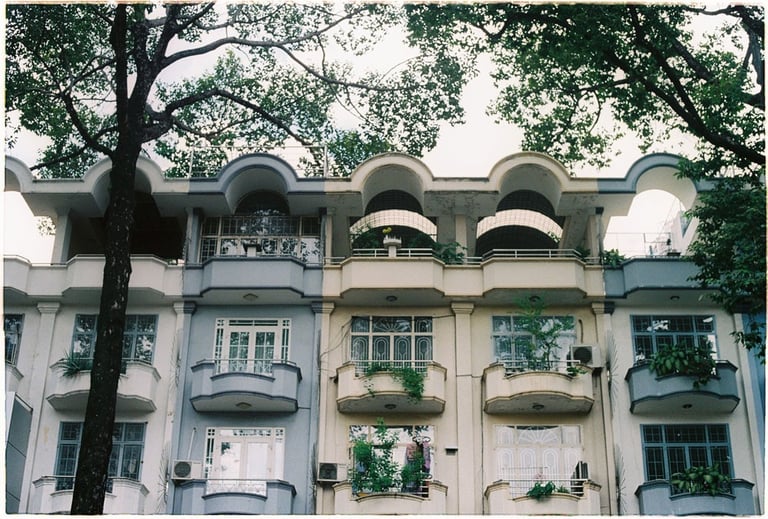
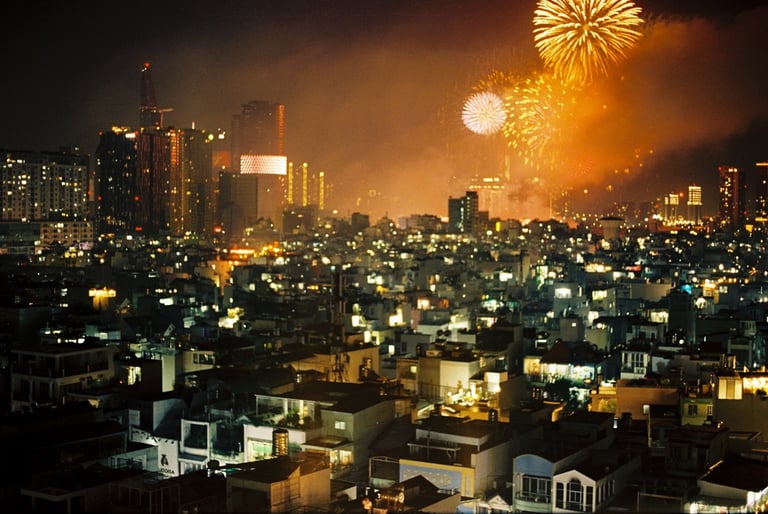








South to North vs North to South: Which Route to Choose?
After photographing Vietnam extensively from both directions, I've found each route offers distinct advantages:
South to North Route: Building Cultural Crescendo
Pros:
Start with vibrant urban energy in Ho Chi Minh City
Gradual transition from tropical to temperate climates
End with the majestic Ha Long Bay - a perfect finale
Weather progression works well for most travel seasons
Cons:
May feel rushed toward the end
Northern weather can be unpredictable in winter months
Less beach relaxation time at the conclusion
North to South Route: Relaxing Finish
Pros:
Begin with cooler northern climate
End with beach relaxation in the south
More flexible timing for weather-dependent activities
Perfect for unwinding after intense cultural experiences
Cons:
Weather can be challenging in northern regions during winter
May miss some cultural build-up
Southern region can feel overwhelming after peaceful northern areas
Vietnam Trip Itinerary Option 1: South to North Adventure
Day 1: Ho Chi Minh City - Urban Photography Paradise
Start your Vietnam trip itinerary in the energetic heart of southern Vietnam. Ho Chi Minh City offers incredible street photography opportunities from sunrise to late night.
Must-Visit Locations:
Notre Dame Cathedral: Iconic French colonial architecture
War Remnants Museum: Powerful historical documentation
Ben Thanh Market: Vibrant local life and street food photography
Photography Tips: The golden hour around 6 AM provides stunning light for street photography. Evening brings neon-lit chaos perfect for capturing the city's energy.
Cultural Experience: Take the Sunday Saigon Chinatown Walking Tour to explore the fascinating Chinese heritage district with a local photographer's perspective.
Day 2: Mekong Delta - Traditional Life on Water
The Mekong Delta offers some of Vietnam's most authentic cultural experiences and stunning river photography.
Highlights:
Cái Răng Floating Market: Early morning boat tour for the best shots
Traditional Homestay: Riverside accommodation for sunset photography
Local Cuisine: Try hủ tiếu and fresh tropical fruits
Photography Focus: Capture the floating market vendors at dawn, traditional boat-making techniques, and peaceful sunset reflections on the Mekong River.
Day 3: Da Nang & Hoi An - Beach Paradise and Ancient Charm
Fly to Da Nang for stunning beach experiences combined with cultural immersion in nearby Hoi An.
Morning in Da Nang:
My Khe Beach: Pristine white sand beach perfect for sunrise photography
Dragon Bridge: Iconic fire-breathing dragon architecture
Marble Mountains: Limestone peaks with caves and pagodas
Afternoon in Hoi An:
Ancient Town: UNESCO World Heritage site with lantern-lit streets
Japanese Covered Bridge: Iconic 400-year-old architecture
Traditional Cooking Class: Hands-on food experience
Photography Focus: Beach sunrise shots, architectural details, and the magical lantern-lit evening streets of Hoi An.
Day 4: Hoi An - Beach Relaxation and Cultural Deep Dive
Dedicate a full day to experiencing Hoi An's unique blend of beach relaxation and cultural richness.
Morning:
An Bang Beach: Peaceful beach time and coastal photography
Tra Que Vegetable Village: Organic farming experience and rural photography
Bicycle Tour: Explore countryside and local life
Afternoon & Evening:
Tailor Shopping: Hoi An's famous custom clothing
Lantern Festival: If visiting during full moon (monthly)
Basket Boat Tour: Coconut forest adventure and traditional fishing techniques
Beach Photography Tips: Capture traditional round basket boats, local fishermen at work, and the contrast between ancient architecture and coastal beauty.
Day 5: Hue - Imperial Heritage and Perfume River
Travel to Vietnam's former imperial capital for a journey through royal history and traditional culture.
Key Destinations:
Imperial City: Ancient Forbidden Purple City and royal palaces
Thien Mu Pagoda: Seven-story pagoda overlooking the Perfume River
Royal Tombs: Elaborate mausoleums of Nguyen emperors
Perfume River Cruise: Peaceful dragon boat journey with landscape photography
Cultural Immersion: Experience royal Vietnamese cuisine (bun bo Hue) and traditional court music performances.
Photography Focus: Capture the intricate details of imperial architecture, peaceful river scenes, and the interplay of ancient and modern Vietnam.
Day 6: Ninh Binh - "Ha Long Bay on Land"
Often called "Ha Long Bay on Land," Ninh Binh offers spectacular limestone karst landscapes perfect for landscape photography.
Must-Do Activities:
Trang An or Tam Coc Boat Trip: Navigate through limestone caves and emerald waters
Hoa Lu Ancient Capital: Historical site photography of Vietnam's first capital
Hang Mua Viewpoint: Challenging climb rewarded with panoramic sunset photography over rice paddies and karst formations
Cycling Through Rice Fields: Peaceful rural exploration
Photography Focus: The contrast between emerald rice fields and dramatic limestone peaks creates stunning compositions, especially during golden hour.
Day 7: Hanoi & Ha Long Bay - Cultural Capital to Natural Wonder
Morning in Hanoi:
Hoan Kiem Lake: Peaceful morning photography and Tai Chi observations
Temple of Literature: Vietnam's first university and Confucian architecture
Old Quarter: Quick exploration of bustling street life and traditional crafts
Afternoon/Evening Ha Long Bay:
Express Transfer: 3-hour journey to Ha Long Bay
Sunset Cruise: Begin your Ha Long Bay experience with golden hour photography
Overnight on Traditional Junk Boat: Sleep on the bay for sunrise photography
Photography Highlights: Transition from urban cultural shots to the serene natural beauty of limestone karsts emerging from emerald waters.
Vietnam Trip Itinerary Option 2: North to South Journey
Day 1: Hanoi - Gateway to Vietnamese Tradition
Begin your adventure in Vietnam's cultural heart. Hanoi offers a more traditional pace, making it perfect for easing into Vietnamese culture.
Essential Experiences:
Hoan Kiem Lake: Morning walks and traditional exercises
Old Quarter: Street food tours and traditional craft workshops
Temple of Literature: Vietnam's first university and Confucian traditions
Water Puppet Show: Traditional Vietnamese performance art
Day 2: Ha Long Bay - Limestone Majesty
Experience Vietnam's most famous natural wonder early in your trip, allowing flexibility for weather conditions.
Full Day Cruise Experience:
Sunrise Photography: Misty dawn over limestone formations
Cave Exploration: Sung Sot (Surprise) Cave with stunning stalactites
Kayaking Adventures: Paddle through hidden lagoons
Ti Top Island: Beach time and panoramic viewpoint hiking
Day 3: Ninh Binh - Rural Landscapes
Explore the peaceful countryside with its unique karst topography and traditional farming life.
Activities:
Tam Coc Boat Journey: "Ha Long Bay on Land" experience
Bicycle Tour: Cycling through rice paddies and local villages
Hoa Lu Ancient Capital: Historical exploration
Mua Cave Viewpoint: Sunset photography challenge
Day 4: Hue - Imperial Grandeur
Fly south to explore Vietnam's former imperial capital and its rich royal heritage.
Royal Experiences:
Imperial City: Forbidden Purple City and royal architecture
Dragon Boat Cruise: Perfume River journey to royal tombs
Royal Cuisine: Traditional Hue specialties and court music
Thien Mu Pagoda: Iconic seven-story riverside pagoda
Day 5: Hoi An - Ancient Trading Port
Discover the perfectly preserved UNESCO town with its unique architectural blend.
Cultural Immersion:
Ancient Town Walking Tour: Japanese Bridge and Chinese assembly halls
Traditional Crafts: Lantern making and pottery workshops
Cooking Class: Market tour and hands-on Vietnamese cooking
Evening Basket Boat Tour: Coconut forest adventure
Day 6: Ho Chi Minh City - Urban Energy
Experience Vietnam's economic heart with its dynamic street life and historical significance.
City Exploration:
War Remnants Museum: Vietnam War history and photography
Independence Palace: Historical government building
Ben Thanh Market: Vibrant local market experience
Sunday Saigon Chinatown Walking Tour: Explore the fascinating Chinese heritage district
Day 7: Mekong Delta - River Life Finale
End your journey in the agricultural heartland with its unique water-based culture.
River Experiences:
Cái Răng Floating Market: Early morning boat tour
Mekong Boat Journey: Traditional life along the river
Tropical Fruit Tasting: Local specialties and traditional music
Riverside Relaxation: Peaceful conclusion to your Vietnam adventure
Regional Highlights: Culture and Relaxation Guide
Southern Vietnam
Cultural Highlights: Floating markets, war history museums, Cao Dai temples Relaxation Spots: Mekong riverside stays, Con Dao Islands (if time permits) Photography Focus: Street life, river culture, tropical landscapes
Central Vietnam
Cultural Highlights: Ancient towns, imperial sites, traditional crafts Relaxation Spots: Hoi An beaches, Da Nang resorts, mountain retreats Photography Focus: Architecture, cultural ceremonies, coastal scenes
Northern Vietnam
Cultural Highlights: Old Quarter streets, ancient temples, traditional water puppetry Relaxation Spots: Ha Long Bay cruises, Sapa mountains (with extended itinerary) Photography Focus: Karst landscapes, urban culture, historical sites
Professional Photography Tips for Vietnam
As someone who has photographed Vietnam extensively, here are my essential tips:
Golden Hour Magic: Vietnam's tropical light creates stunning golden hours. Plan your key shots for early morning and late afternoon.
Respect and Connect: Always ask permission before photographing people. Vietnamese people are generally friendly and willing to pose when approached respectfully.
Weather Preparation: Pack weather protection for your gear. Vietnam's humidity and occasional rain can be challenging for equipment.
Cultural Sensitivity: Dress appropriately when visiting temples and pagodas. Long pants and covered shoulders are required.
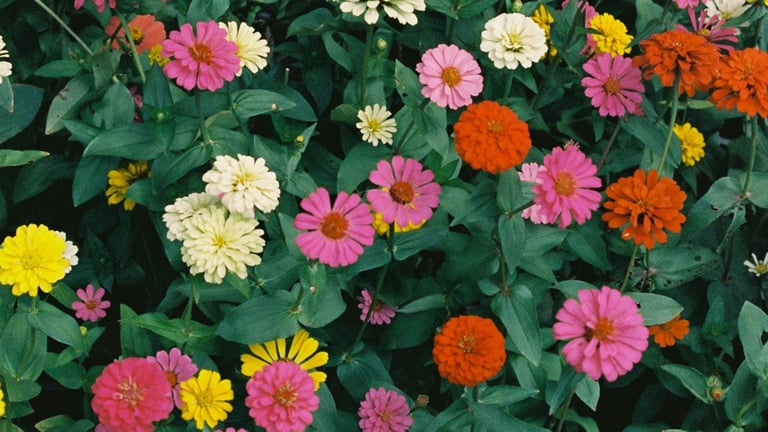
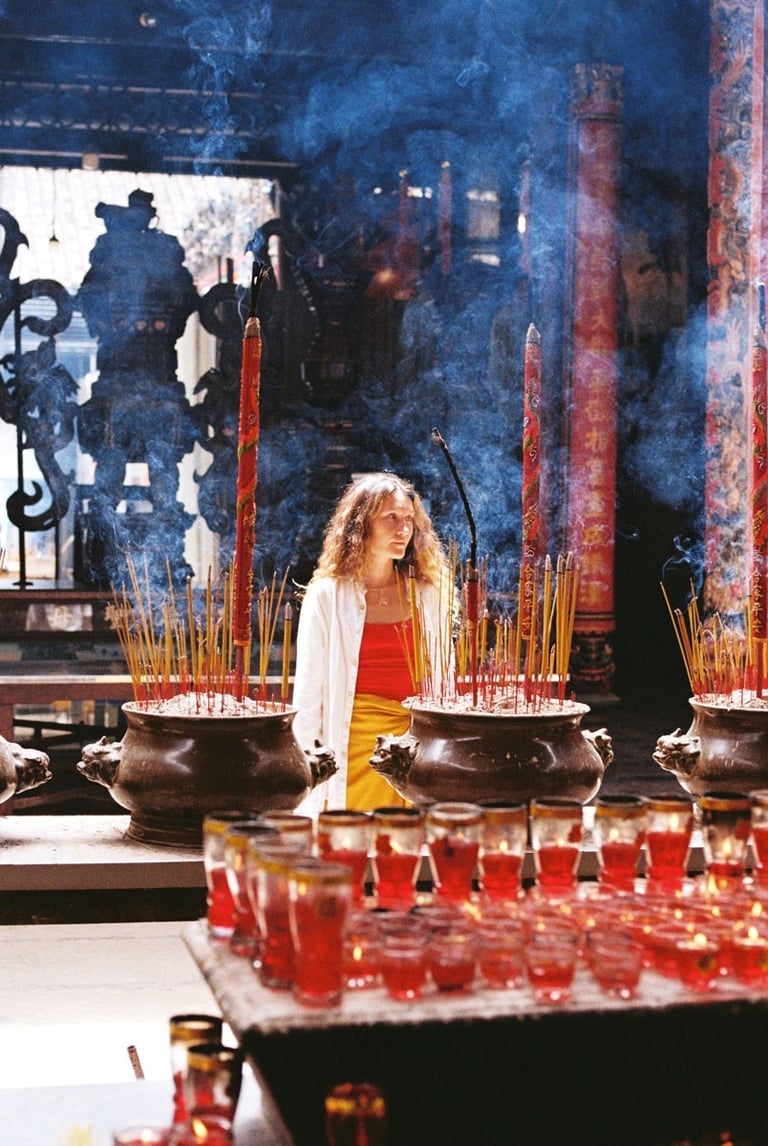
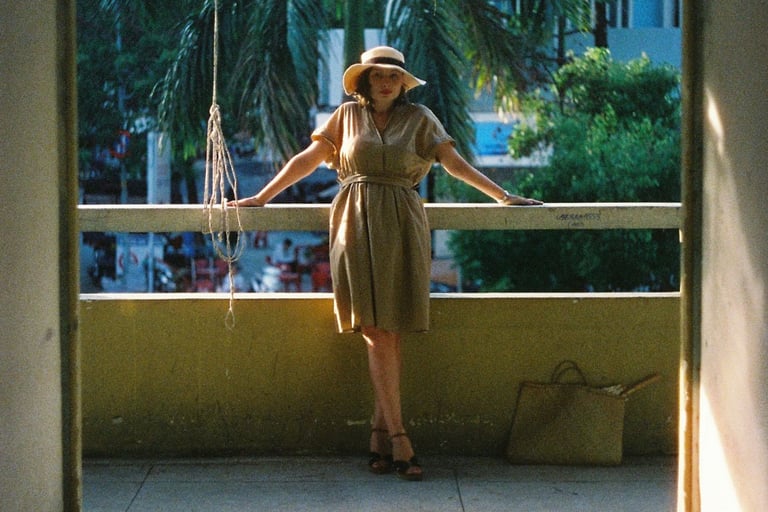

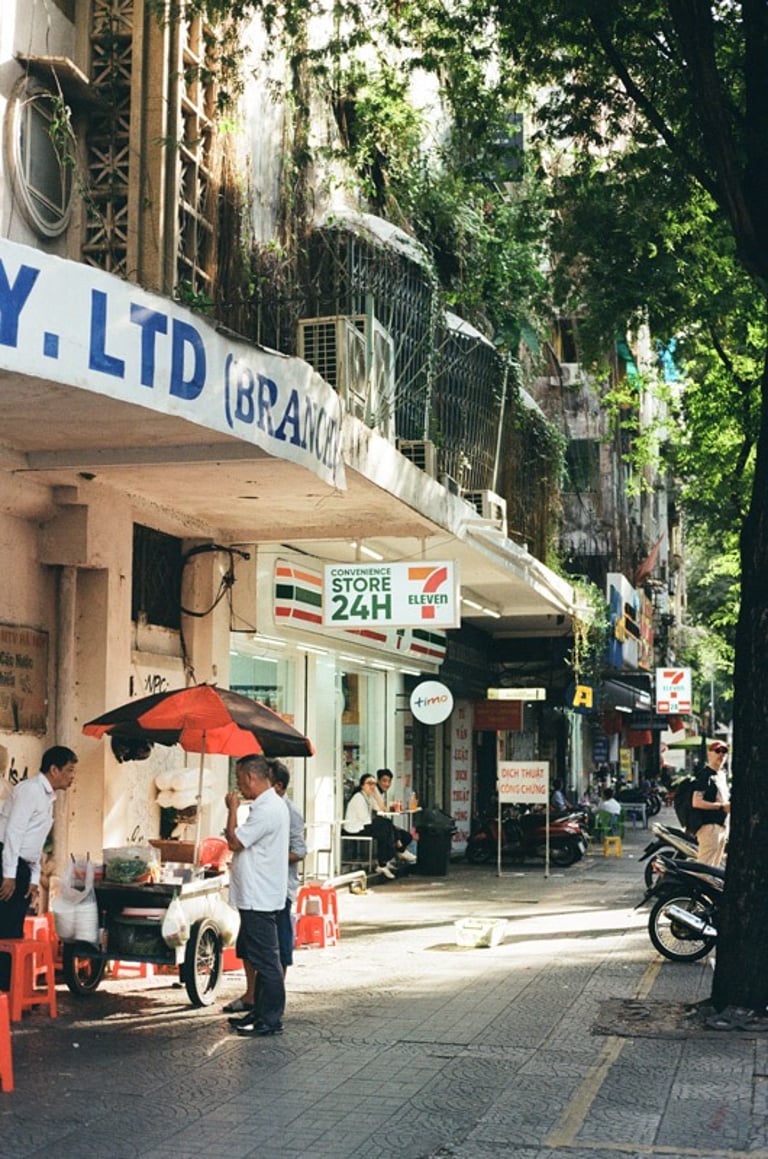
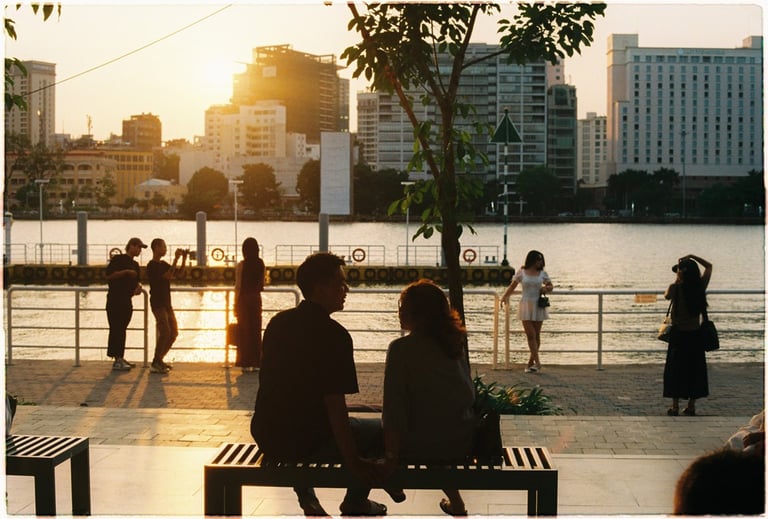
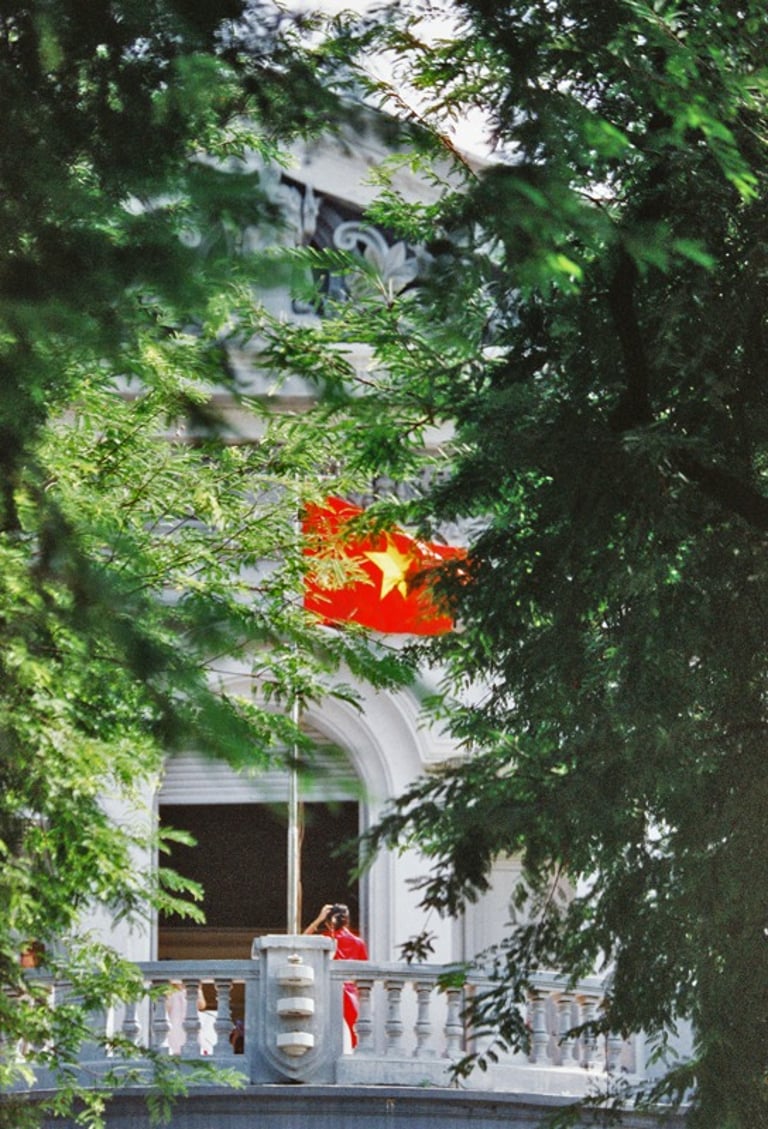


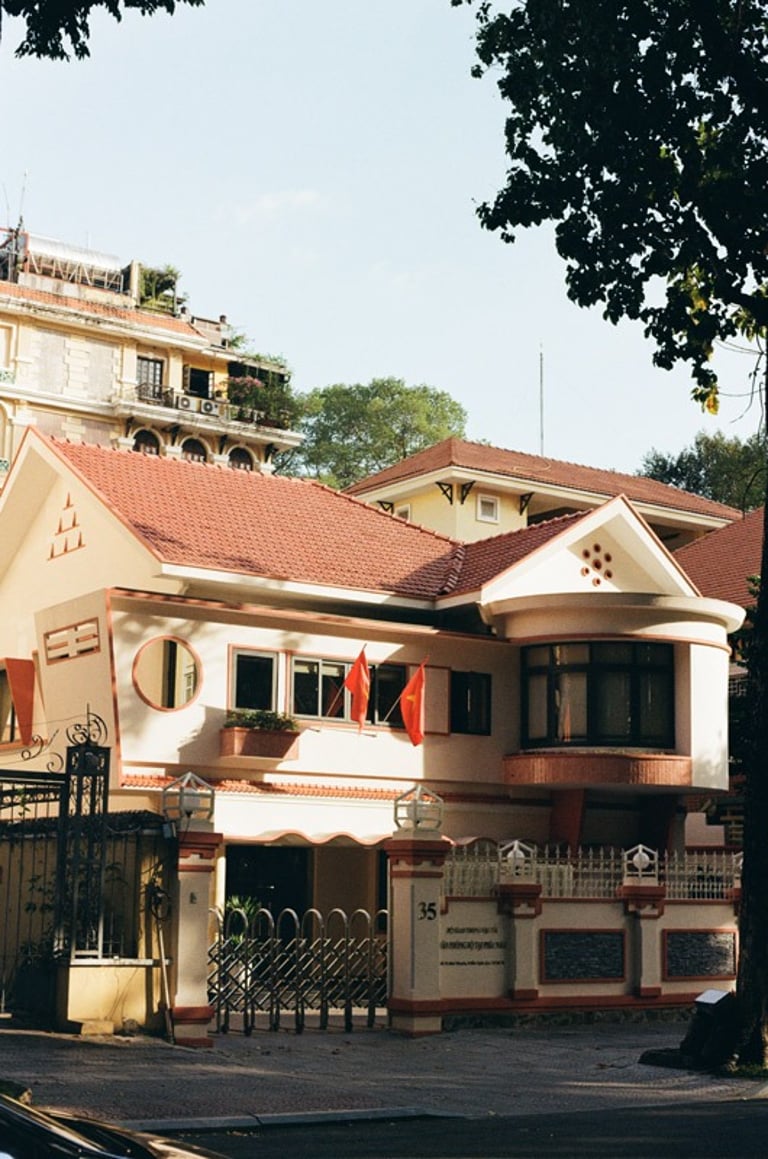
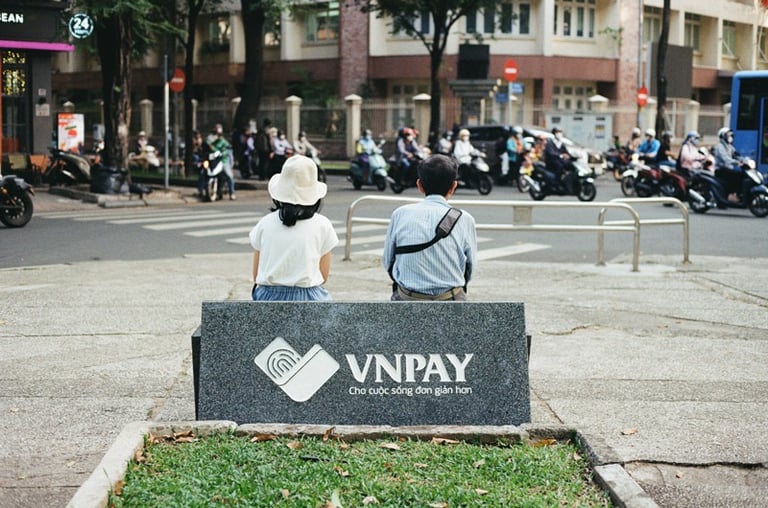











Maximizing Your 7-Day Vietnam Experience
Transportation Tips
Book domestic flights in advance for better prices
Train travel offers scenic views but takes longer
Local buses provide authentic experiences but require flexibility
Cultural Immersion Strategies
Stay in homestays when possible for authentic experiences
Attend local performances like water puppetry and traditional music
Take cooking classes to understand Vietnamese cuisine culture
Relaxation Balance
Include downtime in your Vietnam trip itinerary. Whether it's a peaceful cruise on Ha Long Bay, beach time in Hoi An, or a quiet afternoon by Hoan Kiem Lake in Hanoi, these moments of rest will enhance your overall experience.
Frequently Asked Questions
Q: Is 7 days enough to see Vietnam?
A: Honestly, 7 days is quite rushed for a country as diverse and culturally rich as Vietnam. While you'll get a wonderful taste of the highlights - from bustling cities to serene landscapes - you'll barely scratch the surface of what Vietnam offers. This timeframe allows you to visit the "greatest hits" across three regions, but you'll likely find yourself wishing for more time at each destination. Many travelers describe their 7-day Vietnam experience as a "teaser" that leaves them planning a longer return trip. If 7 days is all you have, this itinerary maximizes your experience, but consider it an introduction rather than a comprehensive exploration. For a more relaxed pace that allows deeper cultural immersion and spontaneous discoveries, 10-14 days is ideal for first-time visitors.
Q: Which direction should I travel - South to North or North to South?
A: Both directions have merit. South-to-north builds cultural intensity and ends with the majestic Ha Long Bay, plus offers more beach experiences in Da Nang and Hoi An. North-to-south provides a traditional start in Hanoi and ends with the vibrant energy of the Mekong Delta. Choose based on your preferred travel rhythm, weather considerations, and whether you prefer ending with natural wonders or cultural immersion.
Q: Can I include Sapa or Phu Quoc in 7 days?
A: With careful planning, you can add either Sapa (northern mountains for trekking) or Phu Quoc (southern island for beaches) by focusing your itinerary and possibly skipping one inland destination. For Sapa, replace the Ninh Binh day. For Phu Quoc, extend your southern stay by flying directly there from Ho Chi Minh City.
Q: What's the best camera gear for Vietnam?
A: A weather-sealed camera with a versatile 24-70mm lens covers most situations. Add a lightweight tripod for long exposures and low-light photography. Don't forget extra batteries (humidity drains them faster), memory cards, and weather protection for your gear.
Q: What's the best time of year to visit Vietnam?
A: The ideal time depends on your route. For the full country, March-April and October-November offer the best overall weather. Avoid the rainy season (May-September in the north, September-November in the south). Winter months (December-February) can be quite cool and foggy in northern regions.
Q: How much should I budget for 7 days in Vietnam?
A: Budget travelers can expect $30-50 per day, mid-range travelers $50-100 per day, and luxury travelers $150-300 per day. This includes accommodation, meals, transportation, and activities. Vietnam offers excellent value, especially for food and local transportation.
Q: Do I need a visa for Vietnam?
A: Most travelers need a visa. Citizens of some countries get visa exemptions for short stays. Check the official Vietnam eVisa portal or consult your embassy. The eVisa process is straightforward and typically takes 3-5 business days.
Q: Is it safe to travel in Vietnam?
A: Vietnam is generally very safe for tourists. Standard precautions apply: watch for traffic when crossing streets, secure your belongings, and be cautious with street food if you have a sensitive stomach. Vietnamese people are incredibly hospitable and helpful to visitors.
Q: What vaccinations do I need for Vietnam?
A: Consult your doctor or travel clinic at least 4-6 weeks before departure. Common recommendations include Hepatitis A and B, Japanese Encephalitis (for rural areas), and ensuring routine vaccinations are up to date. Malaria prophylaxis may be recommended for certain rural areas.
Q: Can I use credit cards in Vietnam?
A: Credit cards are widely accepted in hotels, restaurants, and shops in major cities and tourist areas. However, carry cash (Vietnamese dong) for street food, local markets, and rural areas. ATMs are readily available in cities and towns.
Q: How do I get around Vietnam?
A: Domestic flights are fastest for long distances. Trains offer scenic routes but take longer. Buses are economical but can be crowded. In cities, use Grab (ride-hailing app), taxis, or rent a motorbike if you're experienced. For intercity travel, book through Baolau or 12Go Asia.
Q: What should I pack for Vietnam?
A: Pack light, breathable clothing, comfortable walking shoes, rain jacket, sun protection, modest attire for temples, swimwear for beaches, and any prescription medications. Leave space for souvenirs - Vietnam has amazing handicrafts and textiles.
Q: Is the food safe to eat in Vietnam?
A: Vietnamese street food is generally safe when you follow basic rules: eat where locals eat, choose busy stalls with high turnover, ensure food is cooked fresh and served hot. Avoid raw vegetables in rural areas and drink bottled or boiled water.
Q: How much Vietnamese should I learn before visiting?
A: Learning basic phrases like "xin chào" (hello), "cảm ơn" (thank you), and "xin lỗi" (excuse me) is appreciated. Download Google Translate with Vietnamese offline capability. Many young Vietnamese speak some English, especially in tourist areas.
Q: Can I extend my Vietnam trip beyond 7 days?
A: Absolutely! Popular extensions include: Sapa mountains (2-3 days), Phu Quoc Island (3-4 days), Cat Ba Island (2 days), Dalat highlands (2 days), or Mui Ne sand dunes (2 days). A 10-14 day trip allows for a more relaxed pace and deeper exploration.
Q: What's the best way to book accommodations?
A: Use Booking.com or Agoda for hotels and guesthouses. For unique experiences, try Airbnb for homestays. Book Ha Long Bay cruises and Mekong Delta tours in advance, especially during peak season.
Q: Should I book tours in advance or locally?
A: Book major experiences like Ha Long Bay cruises and cooking classes in advance through Klook or GetYourGuide. Local day trips and restaurant reservations can often be arranged on arrival, giving you more flexibility.
Q: What souvenirs should I buy in Vietnam?
A: Popular souvenirs include coffee (especially from Dalat), silk products, lacquerware, conical hats, handicrafts from ethnic minorities, tailored clothing (especially from Hoi An), and local art. Avoid buying items made from endangered species or historical artifacts.
Your Vietnam adventure starts with the first step of planning. Use this comprehensive guide to create memories that will last a lifetime, and don't forget to share your incredible photographs with the world.
